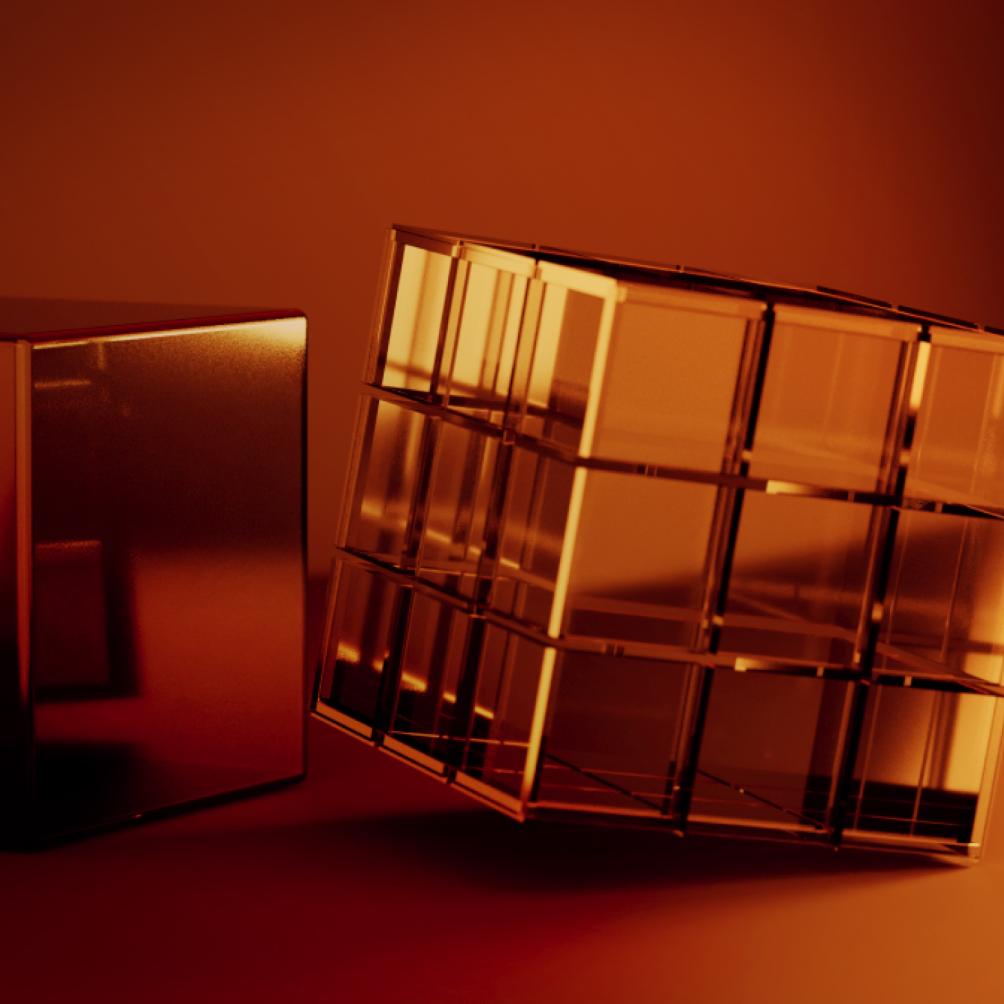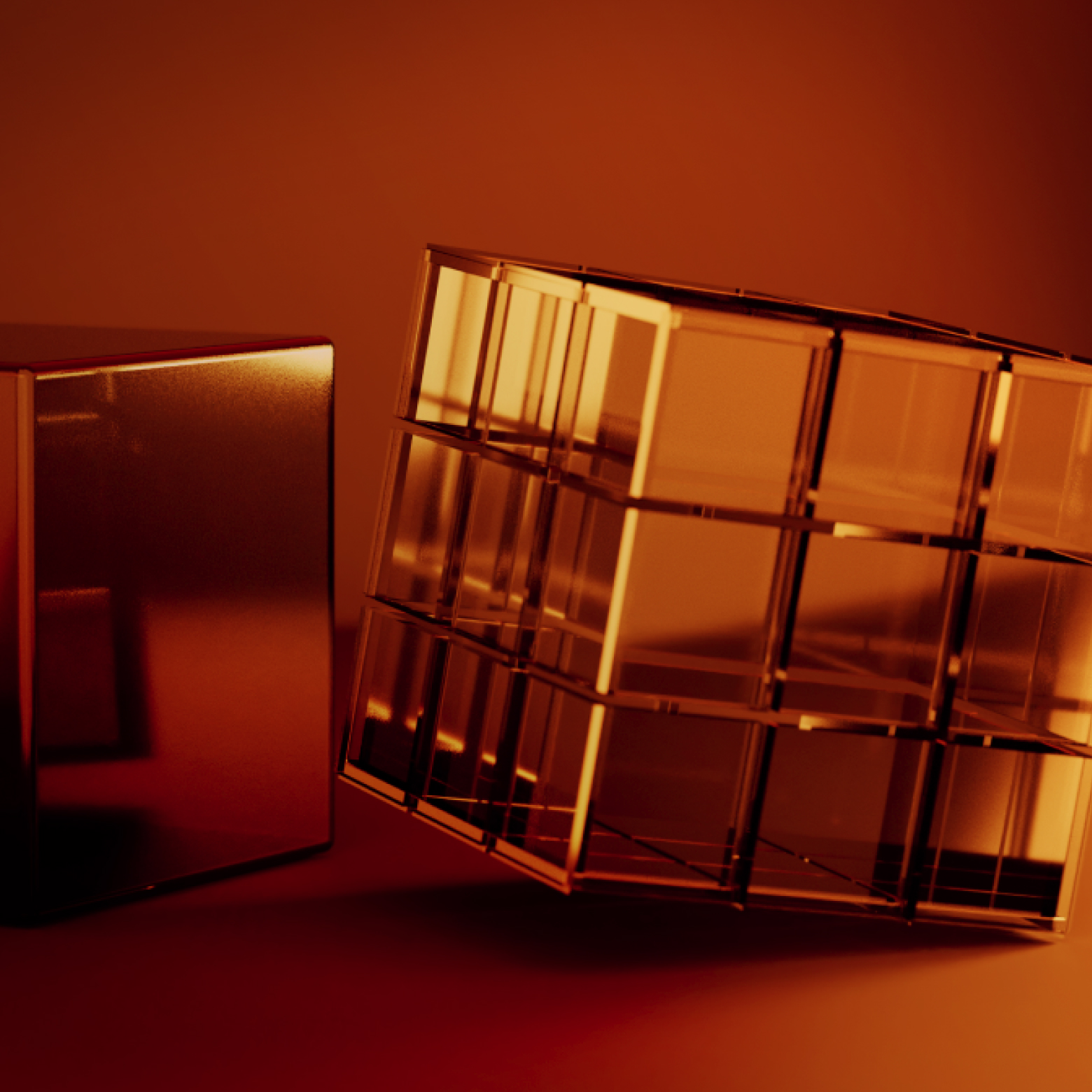
The next generation of blockchain technology seems to be all about modularity — but what is a multithreaded blockchain, and what benefits can it provide over traditional monolithic blockchains?

Introduction
While traditional blockchains like Bitcoin and Ethereum have spearheaded major advancements in the blockchain space, they have failed to adequately scale. During periods of high demand, block space becomes an exceedingly scarce resource, driving up transaction fees and pricing out billions of users.
A new approach attempting to address these high fees uses multithreaded blockchains. Multithreaded blockchains break traditional blockchains down into many simultaneous execution layers, allowing for flexible construction and expansion of a network.
Monolithic blockchains
Traditional, or monolithic blockchains, were the first discovered iteration of blockchain technology. Bitcoin, Monero, and Litecoin are all monolithic blockchains, with a single set of nodes and miners organizing data into a single canonical blockchain.
Monolithic blockchains have the advantage of simplicity. All miners are mining the same single chain, and all users bid for block space in the same chain. The simplicity of this architecture, however, is what limits the blockchain’s capacity to act at scale.
When the single chain reaches its upper bounds of throughput, users are forced to outbid each other for the limited available block space. Simply put, traditional Layer 1s cannot handle the number of transactions-per-second required to allow for day-to-day blockchain payments.

Multithreaded Blockchains
While monolithic blockchains enjoy the advantage of simplicity, multithreaded blockchains focus on scale. Multithreaded blockchains like Quai Network act as many independent blockchains working in tandem — providing more block space, and lowering fees.
While many multithreaded blockchains have sacrificed decentralization in scaling, such a compromise is not inherent to a multithreaded approach. Through Quai Network’s use of Proof-of-Work 2.0 (PoW2), the traditional Proof-of-Work method of sybil resistance is refactored to function in Quai’s multi-chain environment without any sacrifice to decentralization or security.
Within multithreaded environments like Quai Network, many blockchains in the network produce blocks asynchronously. Quai Network achieves this multithreaded construction through merged mining, with every miner in the network securing three Quai blockchains simultaneously. Quai’s unique merge mined, multithreaded blockchain architecture enables low fees, high decentralization, and high security.

Interoperability
As mentioned prior, the primary advantage of monolithic architectures is their simplicity. The use of one blockchain leaves no room for confusion as to which chain assets are on, and which chain they can be used on or moved to.
Quai Network, however, exists as a multi-chain network with no upper bound on the number of intertwined blockchains. To combat this increased complexity, Quai uses protocol-level decentralized bridging, enabled by the same merged mining as before to ensure full-network interoperability. By using a sharded address space, the chain of each Quai address can be found from the prefix of the address itself.

Further reducing the complexity of a multithreaded construction, all Quai chains are EVM-compatible. This allows any and all assets from any Quai chain to be natively bridged to any other Quai chain without any introduction of trust. This differentiates Quai from other multithreaded networks that impose stricter bridging requirements on what assets can and can not traverse chains, and how they must do so.
With a strong focus on interoperability in a multithreaded infrastructure, users will be able to experience Quai’s full potential and functionality even without knowing the nuances of the network’s multi-chain composition.
Conclusion
The transition from monolithic to multithreaded blockchain structures will be greatly assisted by Quai’s strong focus on minimizing complexity and interoperability between all chains in the network. Through the use of a merge mined architecture, Quai enables the decentralization of monolithic blockchains to scale to the needs of the global financial system.
Join us to build a better blockchain.
Quai Network is an open-source Proof-of-Entropy-Minima blockchain network utilizing the capabilities of merged mining to increase throughput and security. Users of Quai Network will enjoy fast transaction times without compromising decentralization and security. Miners will have competitive mining opportunities across the many blockchains within the network.
Capable of thousands of transactions per second, the Quai Network is a new solution to scalability that is soon to be ready for mainnet release.
Terms & Conditions / Disclaimer
The entirety of the Quai Genesis grants program, including the content of this article, is subject to the Terms and Conditions outlined here.
Opinions, ideas, and statements shared in this update are delivered with numerous assumptions, risks, and uncertainties which are subject to change over time. There are multiple risk factors, including those related to blockchain, cryptographic systems, and technologies generally, as well Quai’s business, operations and results of operations, that could cause actual results or developments anticipated not to be realized or, even if substantially realized, to fail to achieve any or all of the benefits that could be expected therefrom. We reserve the right to unilaterally, completely, or partially change plans, expectations, and intentions stated herein at any time and for any reason, in our sole and absolute discretion, and we undertake no obligation to update publicly or revise any forward-looking statement, whether as a result of new information, future developments, or otherwise. ACCORDINGLY, WE RECOMMEND THAT YOU DO NOT RELY ON, AND DO NOT MAKE ANY FINANCIAL DECISION OR INVESTMENT BASED ON, THE STATEMENTS CONTAINED IN THIS UPDATE OR ANY OF OUR UPDATES/ARTICLES — INCLUDING BUT NOT LIMITED TO ANY SELLING OR TRADING OF QUAI TOKENS, ETHER, OR ANY OTHER CRYPTOGRAPHIC OR BLOCKCHAIN TOKEN, OR THE SECURITIES OF ANY COMPANY.
The views, opinions, and statements made in this update are those of an individual author and not those of any institution, University, or legal entity operating within the jurisdiction of The United States or beyond. There is no association between these views, opinions, and statements and any for-profit or non-profit entity, particularly with Universities, Foundations, and other Agencies located within the United States. Any perception of such an association is purely accidental, and will be rectified immediately if brought to our attention by the reader.
